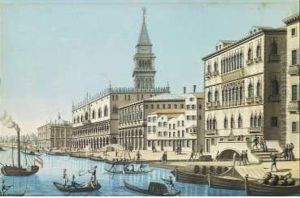Luigi Bugatto Paintings
Luigi Bugatto, also known as Alvise Bugatto, was an Italian Renaissance painter, born around 1430 in Milan, Italy. Although not as widely recognized as some of his contemporaries, Bugatto played a significant role in the Milanese school of painting, distinguishing himself through his work as both an artist and a portraitist. His contributions to the Renaissance art movement were notable for their detailed realism and the subtle interplay of light and shadow, characteristics that would influence the development of Northern Italian painting.
Bugatto’s career was closely tied to the court of the Sforza family, the ruling dynasty in Milan during the 15th century. He was a pupil of Zanetto Bugatto, who was himself a court painter to the Sforza family, and it is believed that through this connection Luigi was introduced to the court and its artistic commissions. In 1460, he was officially appointed as a court painter by Francesco Sforza, a role that not only elevated his status as an artist but also allowed him to influence the artistic direction of the Milanese court.
Throughout his career, Bugatto was involved in various significant projects, including the decoration of the Delizia di Belfiore, a now-lost country villa favored by the Sforza family, and the creation of numerous portraits of the Sforza lineage. His work was characterized by a meticulous attention to detail, especially in his portraits, where he captured not just the physical likeness of his subjects but also a sense of their inner character and status. This ability to convey depth of personality and social importance made his portraits highly valued among the Milanese nobility.
Despite his contributions to the Renaissance art movement and the Milanese school of painting, much of Bugatto's work has been lost or remains unidentified, leading to a lesser degree of recognition compared to other artists of his time. Nevertheless, his influence can be seen in the works of later artists in the region, and his remaining portraits continue to be studied for their technical skill and historical value.
Luigi Bugatto’s life and career were cut short when he died in 1476. However, his legacy as a court painter and a master of portrait realism lived on, contributing to the rich tapestry of Renaissance art history. His work remains an important subject of study for art historians interested in the evolution of portrait painting and the artistic dynamics of the Milanese Renaissance.
